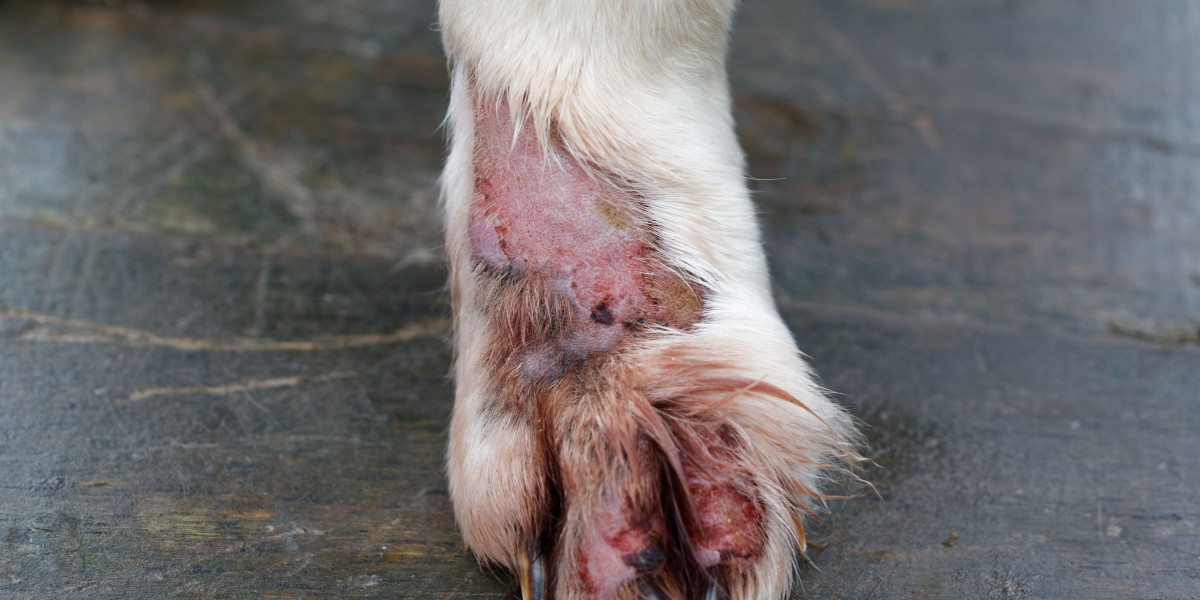Bacterial skin infections in dogs, also known as pyoderma, can cause significant discomfort and require prompt treatment to prevent complications. These infections can arise from various causes, including allergies, wounds, parasites, or underlying health issues. One of the most commonly prescribed antibiotics for treating bacterial skin infections in dogs is Cephalexin.
Causes and Symptoms
Bacterial skin infections can be triggered by numerous factors. Allergies, whether environmental or food-related, can lead to excessive scratching and skin damage, providing an entry point for bacteria. Wounds or injuries, even minor ones, can become infected if not properly cleaned and treated. Parasites such as fleas and ticks can irritate the skin, causing the dog to scratch and create openings for bacterial invasion. Additionally, underlying conditions like hypothyroidism or immune system disorders can make dogs more susceptible to infections.
Symptoms of bacterial skin infections in dogs include redness, swelling, itching, pustules, hair loss, and a foul odor. Dogs may excessively scratch, lick, or bite the affected areas, which can worsen the condition. Pustules or pimples filled with pus may form on the skin, and in severe cases, the infection can spread to deeper layers, causing significant discomfort and more serious health issues.
Cephalexin for Treatment
Cephalexin is a first-generation cephalosporin antibiotic that is highly effective in treating bacterial skin infections in dogs. It works by inhibiting the synthesis of the bacterial cell wall, leading to the destruction of the bacteria. This broad-spectrum antibiotic is particularly effective against common bacterial pathogens such as Staphylococcus and Streptococcus species.
The dosage of Cephalexin for dogs typically ranges from 10-15 mg per pound of body weight, administered every 8-12 hours. It is crucial to follow the veterinarian's prescription and complete the entire course of antibiotics to ensure the infection is fully eradicated. Stopping the medication early, even if the symptoms seem to improve, can lead to a recurrence of the infection and contribute to antibiotic resistance.
Managing Side Effects
While Cephalexin is generally well-tolerated, some dogs may experience side effects. Common side effects include gastrointestinal upset, such as nausea, vomiting, and diarrhea. In rare cases, dogs may have an allergic reaction to the medication, characterized by symptoms such as swelling, itching, or difficulty breathing. If any severe side effects or signs of an allergic reaction occur, it is essential to contact a veterinarian immediately.
Preventive Measures and Supportive Care
In addition to administering Cephalexin, several supportive measures can help manage and prevent bacterial skin infections in dogs. Keeping the dog's skin and coat clean and well-groomed is crucial. Regular bathing with a veterinarian-recommended shampoo can help remove dirt, debris, and bacteria from the skin. Preventing parasites through the use of flea and tick preventatives is also important. Addressing underlying health issues, such as allergies or hormonal imbalances, can reduce the likelihood of recurrent infections.
Overall, bacterial skin infections in dogs can be effectively treated with Cephalexin when used as directed by a veterinarian. This antibiotic provides a reliable solution for combating common bacterial pathogens and promoting healing. By following the prescribed treatment regimen and implementing supportive care measures, dog owners can help ensure their pets recover quickly and remain healthy. Always consult a veterinarian for an accurate diagnosis and appropriate treatment plan tailored to your dog's specific needs.


